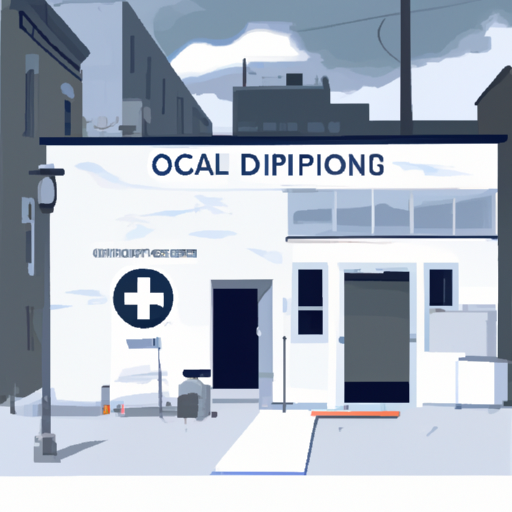Assessing the Impact and Efficacy of Safe Consumption Sites in the Face of the Canadian Opioid Crisis
In an increasingly complex narrative surrounding the opioid crisis in Canada, there’s a continuous magical circle of debate – are safe consumption sites, designed to be part of the solution, actually adding to the problem? This recent article on Elliot Lake Today explores such assertions made by Guy Lamarche, the former Timmins Tourism boss. Which in turn raises pertinent questions on the efficacy of these initiatives and poses a necessary broader question: are we really making traction in addressing the opioid crisis?
The Existing Opioid Crisis
The rise in opioid-related deaths over the past decade has extensively hit home for Canadians, qualifying it as a national health crisis. Thousands of affected individuals undoubtedly include loved ones, friends, and neighbours. Developed initially as pain relief measures, the misuse of prescribed opioids, combined with the availability of potent illicit opioids, has made a deadly collision course.
The Role of Safe Consumption Sites
Among the multiple strategies deployed to combat the opioid crisis, safe consumption sites have been touted as potentially transformative interventions. These locations offer supervised drug use to minimize the risk of overdose, provide clean equipment to prevent infection, and access to healthcare personnel. However, their effectiveness has been heavily debated among different factions, especially taking into account the peripheral effects on surrounding communities.
Safe Consumption Sites: Solution or Part of the Problem?
Lamarche’s critique of safe consumption sites is rooted in his experience with Timmins, where he suggests the rise in crime rates, homelessness, and local business challenges can be attributed to the institutions. He advocates for resources to be redirected towards rehabilitation and prevention programs rather than expanding or maintaining current safe consumption sites.
In essence, these comments mirror a broader societal debate on how to deal with substance abuse and the opioid crisis effectively. Proponents argue that these sites save lives, reduce public drug use, and can potentially become a conduit for users to avail themselves of addiction treatment services. Conversely, critics point to increased local crime rates, societal decay, and the belief that these sites may enable drug use.
Naloxone Kits and the Fight Against the Opioid Crisis
Another point of contention in Lamarche’s argument is the widespread use of naloxone kits, a drug used to reverse opioid overdose. Lamarche asserts that offering naloxone kits, while saving lives, may embolden risk-taking among users. The widespread availability of naloxone kits is seen as a double-edged sword, where the challenge becomes balancing the immediate life-saving potential with the unintended side-effects of normalized drug use.
Key Points:
- The ongoing opioid crisis is a significant public health issue in Canada.
- Safe consumption sites, designed to mitigate the crisis, have a divisive influence on public opinion, with voices both for and against their effectiveness.
- Former tourism boss, Guy Lamarche, suggests that these safe consumption sites contribute to increasing crime rates and homelessness and challenge local businesses.
- There are concerns that the availability of naloxone kits, while they do save lives, may encourage risk-taking among drug users.
Conclusion: Striking the Balance
As we continue to grapple with the opioid crisis, the discussion surrounding safe consumption sites and naloxone kits underscores the complexity inherent in dealing with public health emergencies. There is no one-size-fits-all solution. Approaches grounded in empiricism, compassion, and a keen understanding of community-specific circumstances are vital in our journey towards a holistic and effective response. Whether safe consumption sites are exacerbating or alleviating the crisis is a conversation that we need to continue having.
Consequently, the dual role of naloxone – as a life-saving tool and a potential enabler – prompts a careful balancing act. It behooves us, as civic and community leaders, to weigh these points of view, guided by the principle that above all, the most pressing need is to save lives and restore dignity to those grappling with the opioid crisis.
